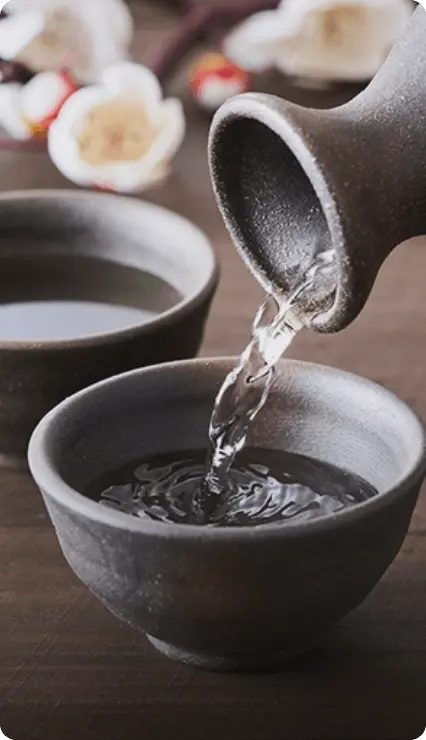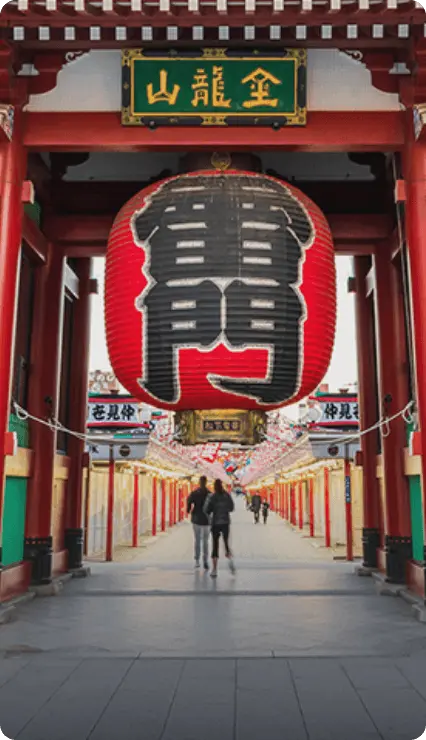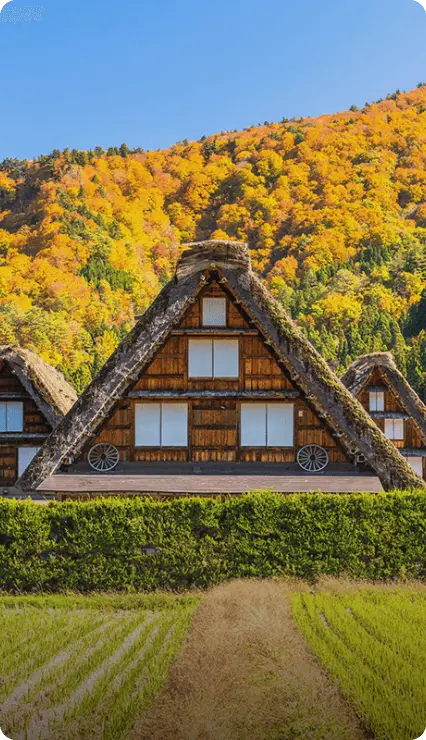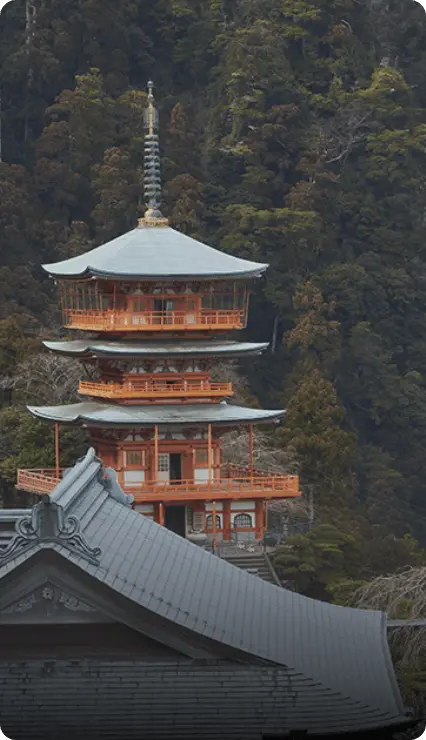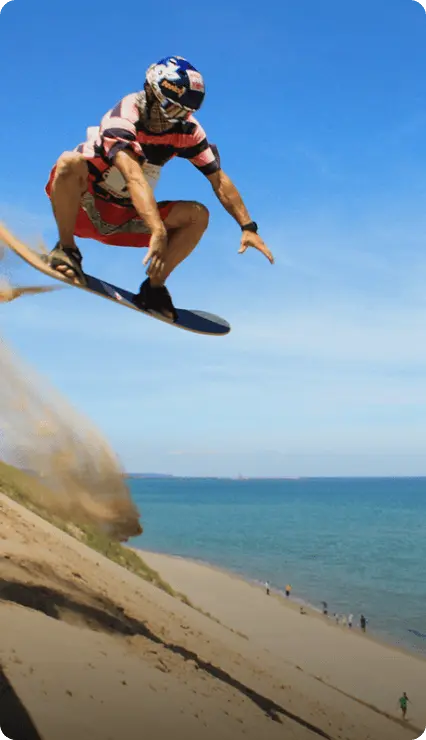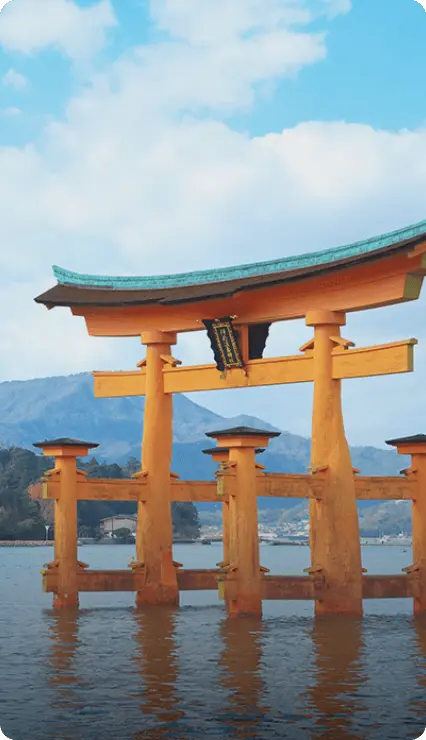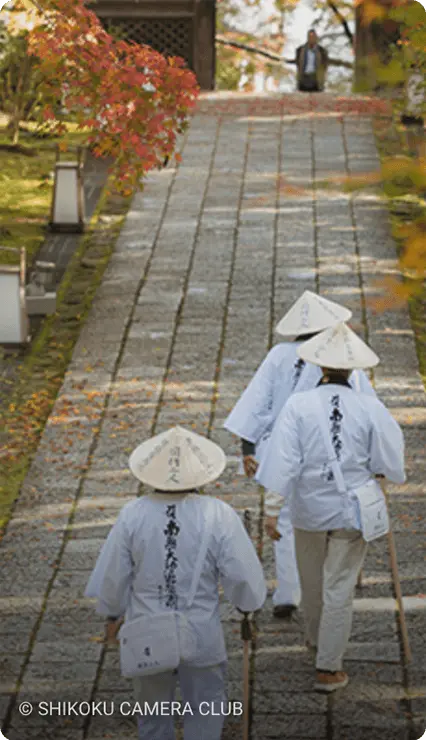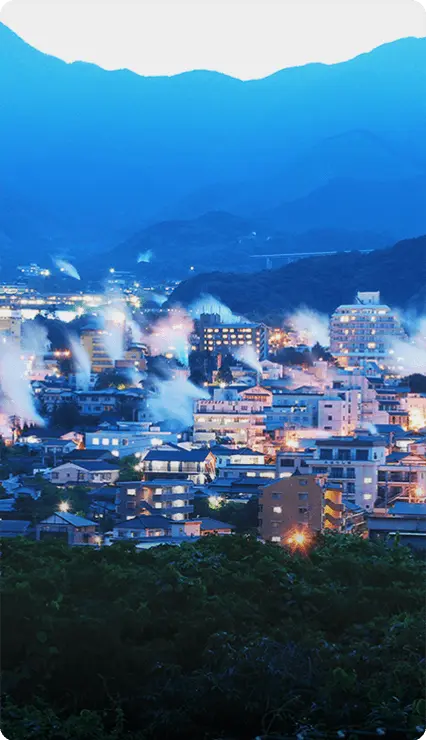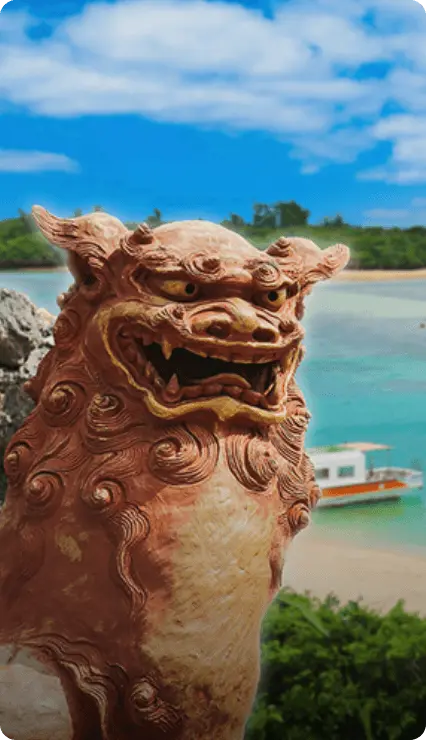
Hokkaido is known for its expansive natural landscapes. The best ways of exploring wild places like Akan-Mashu National Park forest are contemplative, such as canoeing along the river enjoying the autumn colors.
Embrace the Zen: Retreat to Japan’s Natural Wonders
Get off the beaten track to experience Japan’s health-focused traditions, nourishing natural resources,
and some of the finest ingredients in the country.
BY RACHEL NG
Previously published on nationalgeographic.com
Japan is a whimsical amalgamation of high-tech modernity and historic charm steeped in nature. Just a train journey from a bustling metropolis, travelers are greeted by the splendor of Japan’s majestic mountains, exquisite flower gardens, and enchanting forests. These tranquil landscapes, particularly in hidden-gem locales within Hokkaido, Ehime, and Hiroshima, provide the perfect settings for a rejuvenating wellness retreat. Guided by Zen traditions and cultural wisdoms, these small towns, villages, cities, and islands may hold the secret to greater longevity, as well as a holistic rejuvenation of the body, mind, and spirit.
-
Hokkaido
-
Hokkaido is renowned for its sprawling, unspoiled landscapes, and its snow-draped mountains make it a popular destination for skiers, snowboarders, and other outdoor enthusiasts. And when the snow melts, the hills and gardens in Hokkaido are transformed into floral quilts of lavender, lupine, sunflower, and lilac.
-

Credit: ©NORTHERN Horse Park
A great way to unwind in Hokkaido’s nature is seeing it on horseback. Northern Horse Park (pictured) offers horseback rides, carriage tours, and even sleigh rides in winter. -

Credit: ©Chalet Ivy Jozankei
A trip to Hokkaido would not be complete without sitting immersed in natural colors—whether that’s in a hot spring bath or sitting in a glorious viewing spot in hotels like Chalet Ivy Jozankei (pictured). -

Credit: ©Hokkaido Tourism Organization
Eastern Hokkaido’s volcanic heat creates naturally warm pools, like here on the beach in Akan-Mashu National Park, for visitors to soothe their feet.One of the best ways to enjoy Hokkaido’s pristine countryside is on horseback. In Hokkaido, horses hauled timber and coal and helped farmers plow the fields at the turn of the 20th century. Today, horses graze the lush pastures, and animal lovers can interact with these gentle creatures as part of equine therapy. Located 15 minutes by car from New Chitose Airport, Northern Horse Park is home to around 80 horses, and visitors can go on a horse carriage tour, and during winter months, they can ride on a horse-drawn sleigh through the powdery snow.
For a restorative experience in nature, visitors should step into Nonno-no-mori in Tsubetsu, a designated “Forest Therapy Base” located in the eastern part of Hokkaido. Here, visitors can partake in “shinrin-yoku” (forest bathing), where they can meditate, listen to birds chirp and rivers trickle downstream, and take deep breaths. The park has three scenic forest trails, which in summer are adorned with blossoming Japanese primroses, clusters of small pink or purple flowers with tall stems and large, crinkled leaves.
-

Credit: Shusaku Nagahama
Hokkaido is known for its expansive natural landscapes. The best ways of exploring wild places like Akan-Mashu National Park forest are contemplative, such as canoeing along the river enjoying the autumn colors.Also in eastern Hokkaido, Akan-Mashu National Park is made up of three calderas—Akan, Mashu, and Kussharo—formed from repeated volcanic activity. Along the shores of Lake Kussharo, there are several free outdoor hot spring baths (bathing suits required) and a beach called Sunayu, literally translated as “sand bath.” When visitors dig a hole, hot spring water gushes out and folks can soothe their tired feet.
A trip to Hokkaido is not complete without a stay at one of its world-renowned “onsen” (hot springs) resorts.
-

Credit: Shusaku Nagahama
Within Akan-Mashu National Park is the Lake Kussharo Sauna Club, which is a great place to unwind while immersed in the natural world. -

Credit: Shusaku Nagahama
Lake Akan is one of eastern Hokkaido’s best fly-fishing destinations, offering a bounty of species to catch, including whitespotted char, rainbow trout, and Kokanee salmon.Located in Kamikawa, Northern Hokkaido, Hotel Taisetsu Onsen & Canyon Resort is a contemporary resort with Japanese-style rooms, Western-style rooms, and rooms with both Japanese and Western elements. The hotel also has five public baths, including three large baths and two open-air baths.
In Jozankei, central Hokkaido, Chalet Ivy Jozankei is a small luxury ryokan-styled hotel with beautiful Japanese traditions and Western comfort. The hotel’s Spa Nikur’s treatments incorporate the traditions of the indigenous Ainu people and use local Hokkaido ingredients, such as medicinal herbs and black silica, a rare natural ore.
In Eastern Hokkaido, HOKUTEN NO OKA Lake Abashiri Tsuruga Resort pays homage to the ancient Okhotsk people. The resort’s new HILLTOP VILLAGE IZUBA features five villa-style guest rooms inspired by the residential architecture of the Okhotsk culture. There’s a dog-friendly villa with an attached dog-run space, and a family-friendly villa featuring a climbing net in the children’s room.
And in Southern Hokkaido, Bourou NOGUCHI Hakodate is a resort for adults that harmonizes Japanese elegance with modernism. The spacious guest rooms feature minimalist furniture, some with window-side hot spring pools and tatami mat floors. There’s also a rooftop onsen.
-
Setouchi region
-
Japan’s Setouchi region spans the Seto Island Sea and stretches along the coastlines of several prefectures, including Hiroshima, Ehime, and Okayama. The area has rich traditions, a thriving local arts scene, and a cycling route that showcases the unparalleled views of Seto Island Sea and the surrounding islands. The 37½-mile (60-km) Shimanami Kaido is a toll road open to cyclists, which connects Japan’s main Honshu island to Shikoku, and passes through a handful of smaller islands, including Innoshima.
-

Credit: © JNTO
The Shimanami Kaido is a toll road connecting Japan’s main Honshu island to Shikoku. Passes through a handful of smaller islands, it’s a perfect way to experience the region at a leisurely pace. -

Credit: Shusaku Nagahama
Iwagijima, an island in Japan’s Setouchi region, hosts rejuvenating yoga sessions, sometimes enhanced with essential oil made from locally-grown lemons.It is the first cycling road in Japan that allows people to cross the strait. From Innoshima, tourists can further explore the Seto Island Sea by hopping on a ferry to Iwagijima, one of the 25 islands that make up Kamijima-cho at the tip of Ehime. Iwagijima, the second-largest island in Kamijima, is renowned for its citrus fruit production, particularly lemons, and it has earned the moniker “Blue Lemon Island.” These floral lemons are grown naturally, and they’re showcased in gelatos, drinks, puddings, cakes, and even pasta.
Tourists can also partake in rejuvenating yoga sessions, enhanced with the fragrant essence of local lemon aroma oil. Yoga instructors will lead yoga sessions in simple English using hand gestures. Located in the center of Iwagijima, Mt. Sekizen blooms pink during springtime with more than 3,000 cherry trees that line the roads and trails, known as “the celestial robes of an angel.” From Iwagijima, cyclists can continue biking to the neighboring islands of Yugeshima, Sashima, and Ikinajima on bridges, along a new route aptly named “Dream Island Road” (Yumeshima Kaido).
-
Hiroshima
-
Hiroshima is a blend of old and new, with a diverse landscape that ranges from glittering skyscrapers and WWII monuments to towering mountains dotted with sacred shrines and temples.
Shinshoji Zen Museum and Gardens on the Numakuma Peninsula is a serene retreat for those seeking peace of mind. Guests can immerse themselves in the essence of Zen through calligraphy, meditation, exploring the rock garden, and art appreciation. There are several spots throughout the gardens for quiet contemplation, including at the tatami-lined patio at Kaisando Hall. The art pavilion “Kohtei” stands as a formidable ship shaped edifice, clad in wood shingles. Darkness reigns inside the pavilion, where rippling water reflects shimmering light.
-

Credit: Shusaku Nagahama
From its observation deck, Hiroshima’s Mt. Fudekage offers a superb view of the surrounding islands, bathed in stunning golden sunset at the right time of day. -

Credit: Shusaku Nagahama
At the Shinshoji Zen Museum and Gardens, you can enjoy a traditional Zen Buddhist meal of udon noodles very dear to the Zen monks.For an authentic Japanese experience, book a stay at Ryokan Onomichi Nishiyama, a newly opened inn that preserves the Onomichi culture. Once a historic guesthouse and tea garden frequented by literary greats and celebrities, the 1943 buildings still retain some of their original furniture, light fixtures, scrolls, tableware, and tea ceremony utensils. Around a tranquil garden, which overlooks the Seto Inland Sea, there are six separate structures, containing eight rooms that seamlessly blend traditional Japanese aesthetics and modern design elements.
-

Credit: ©Ryokan Onomichi Nishiyama
Perfectly capturing Hiroshima’s blend of old and new, Ryokan Onomichi Nishiyama retains furniture and fittings from its history as a guesthouse since 1943. -

Credit: Nobutada OMOTE
Shinshoji Zen Museum and Gardens on the Numakuma Peninsula is perfect for finding peace though activities like calligraphy, meditation, and art appreciation at the art pavilion “Kohtei” (pictured).In the morning, guests start the day with a traditional Japanese breakfast of rice, dried fish, seasonal vegetables, fresh eggs, and citrus fruit from Seto Inland Sea. In the evening, they are treated to an elegant fusion of Japanese and French cuisine featuring local ingredients sourced from Onomichi and Seto Inland Sea.
Setouchi
Setouchi offers many compelling experiences throughout the beautiful Seto Inland Sea, which comprises nearly 700 islands of all sizes. These include powerful moments in nature, such as insights into Satoyama (a mosaic of social-ecological systems), cycling trails with incredible views and well-preserved historical sites.





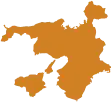






Hokkaido

Tohoku

Greater Tokyo

Central Japan

Kansai

San'in

Setouchi

Shikoku

Kyushu

Okinawa





